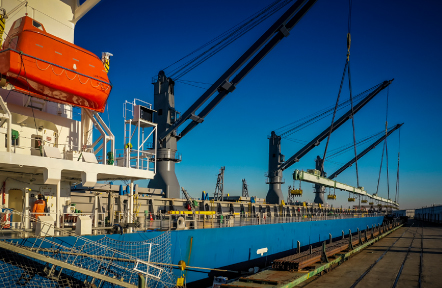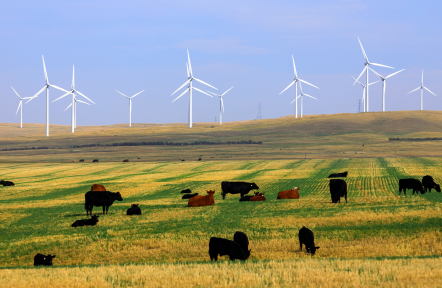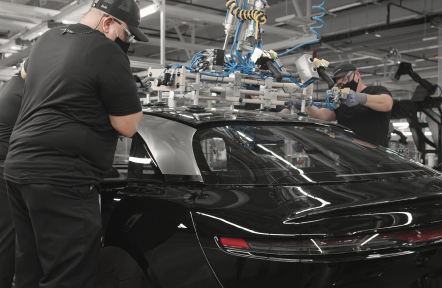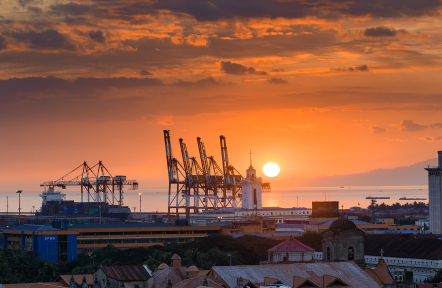Chile’s Chuquicamata mine, located in the mineral-rich Antofagasta region, supplies much of the copper that goes to smelters all over the world. More than 110 years old and one-km deep, the mine is also one of the country’s oldest and largest.
Tenova-TAKRAF, an Italian-Argentinian company, has built a reputation for developing technology that has modernized the mining industry. In 2018, it is set to unveil the world’s largest conveyor belt for the mine. Measuring 13 kilometers in length, the conveyor belt will be able to transport more than 11,000 tons of ore per hour.

“With the new system, we will install conveyors from the bottom of the mine and move the ore to the surface. This means greater productivity for our clients, a safer workplace for the workers and less environmental impact,” explained CEO Christian Cavagnaro.
Currently, around 120 earth-moving trucks traverse Chuquicamata’s open pit mine to transport ore and the task grows more difficult as the mine gets deeper.
Being a highly cyclical industry, the mining sector needs long-term investments that can withstand market shocks. Tenova-TAKRAF minimizes those risks and uncertainties through its research and innovative products.
“We are developing a large R&D group to develop new technologies and new equipment. We are responding to clients’ demand for the lowest operating cost. Our value is to constantly develop technology for our clients’ maximum benefit,” Cavagnaro said.
As Japan is among the largest investors in Chile’s mining sector, Tenova-TAKRAF is seeking partnership with Japanese companies on how to further improve the industry through innovation and technology.
“We welcome them as technology partners in developing the mining industry and in contributing to society,” Cavagnaro added.









